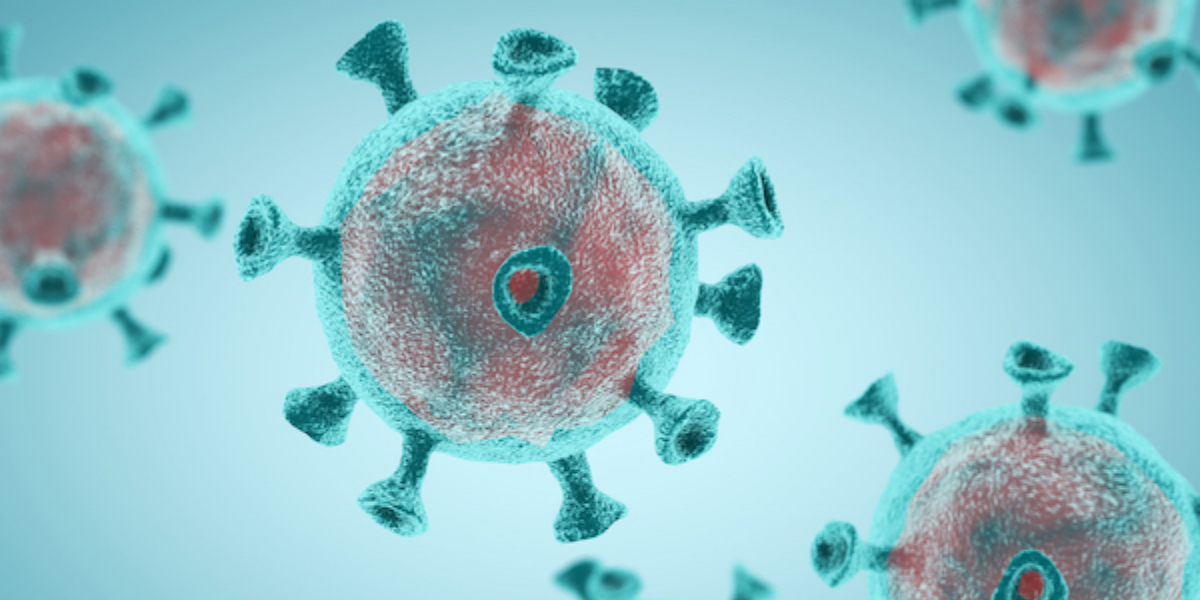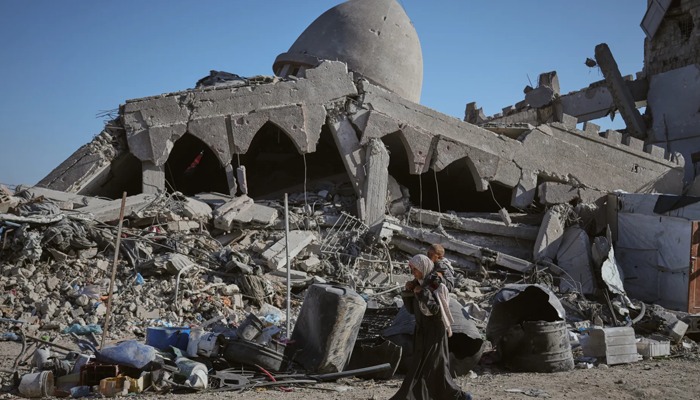SYDNEY, Feb. 3 (Xinhua) — Australian researchers at the Peter Doherty Institute for Infection and Immunity developed a human nasal tissue to more accurately test the effects of COVID-19 infection.
The model, with the relevant paper published in the International Journal of Molecular Sciences, can serve as a pre-clinical model to observe the COVID-19 infections and treatments.
The nasal tissue, also known as organoids, are human tissue-derived, which can be regarded as miniaturized and simplified versions of organs.
They are tiny, three-dimensional tissue replicas derived from stem cells and the way that COVID-19 enters the organoid cells is the same as in human tissue.
Researchers said traditional methods of testing infection in cell lines can not completely mirror what was occurring in patients, such as the reaction of a normal epithelial cell to infection.
Genomic sequencing also showed that the combination of conventional cell lines and the COVID-19 virus can immediately modify the virus as it adapts to growth in these cells, which may lead to incorrect research results.
“We purported that they would mirror the real cells more closely,” said Prof. Elizabeth Vincan, a Laboratory Head at the Doherty Institute.
As COVID-19 is a respiratory disease, researchers then used cells from nasal epithelial organoids including ciliated cells and mucous producing cells to complete the model.
“Once the organoids are established, we can see beating cilia and mucous production by looking down the microscope,” Vincan said.
By using the organoids, researchers found the original COVID-19 did not cause any obvious damage to the cells. However, infection with the Delta variant caused large syncytia, where cells fuse together.
“We saw first-hand when we infected these cells with Delta variant, the damage it causes to the epithelium. We were successfully mirroring infection of the human nose,” said co-researcher Dr. Shafagh Waters from the University of New South Wales.
Researchers believed these nasal organoids can serve as pre-clinical models without the need for an invasive collection of the tissue sample.
[embedpost slug=”u-s-operation-kills-13-including-women-children-in-syrias-idlib/”]


















